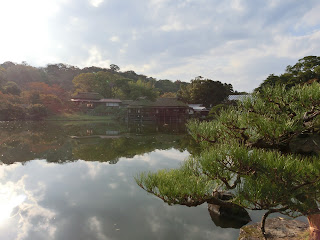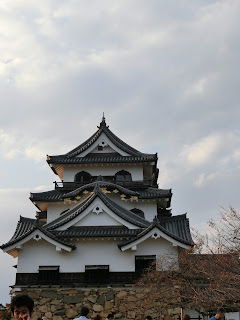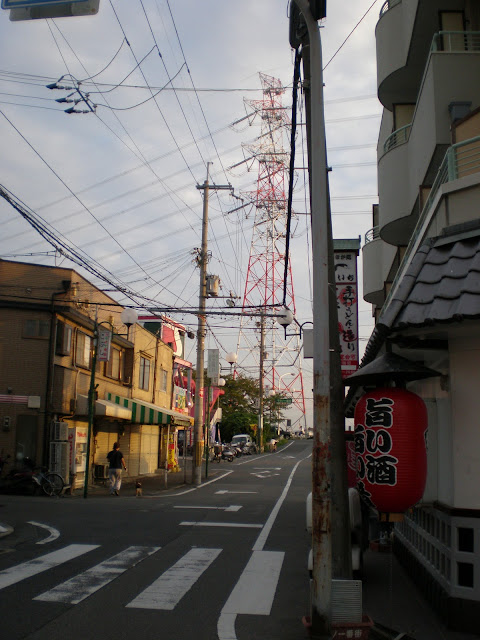My college just held its annual school festival. School festivals are held in Japanese schools from preschools to universities.
Student clubs and organizations work for weeks before the festival. Students make food booths, cafes, live houses with student bands performing.
School festivals also have performances done by students throughout the day. This year my school had a Miss Gaidai Contest, a fashion show blending Western and Japanese styles and the cheerleaders performed.
 |
| Maru Maru Mori Mori! |
The cheerleaders incorporated some of the Maru Maru Mori Mori dance into their routine. Maru Maru Mori Mori is a dance that the two child stars of the drama Marumo no Okite performed during the closing credits of the show.
Kansai Gaidai also had a guest performer come on the second day of the festival. Shimizu Shota is a famous singer so my friends were really excited to be able to see him in person on their college campus. He's a soul singer of types and has even performed in New York.
The theme of the festival this year was My Treasure. I think it was supposed to be copying the One Piece manga with nautical imagery like whales, skulls, and compasses.
The stairs were decorated with a wave and skull motif.
Some of the most interesting booths to me were the jerk chicken booth, cotton candy booth, and tempura ice cream booth. The jerk chicken booth had a whole DJ set up and was blasting Bob Marley while they were grilling up chicken for people. One of my friend's clubs did cotton candy but they had flavors like melon and mango which we don't have in America so I was pretty excited. The most popular booth was the tempura ice cream which was so delicious, I wish we had it on campus everyday. They had an airline theme too and a guy dressed like a pilot told you when your order was ready. Students put so much work into their school festivals and really show their creativity.


































